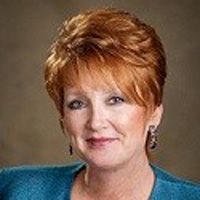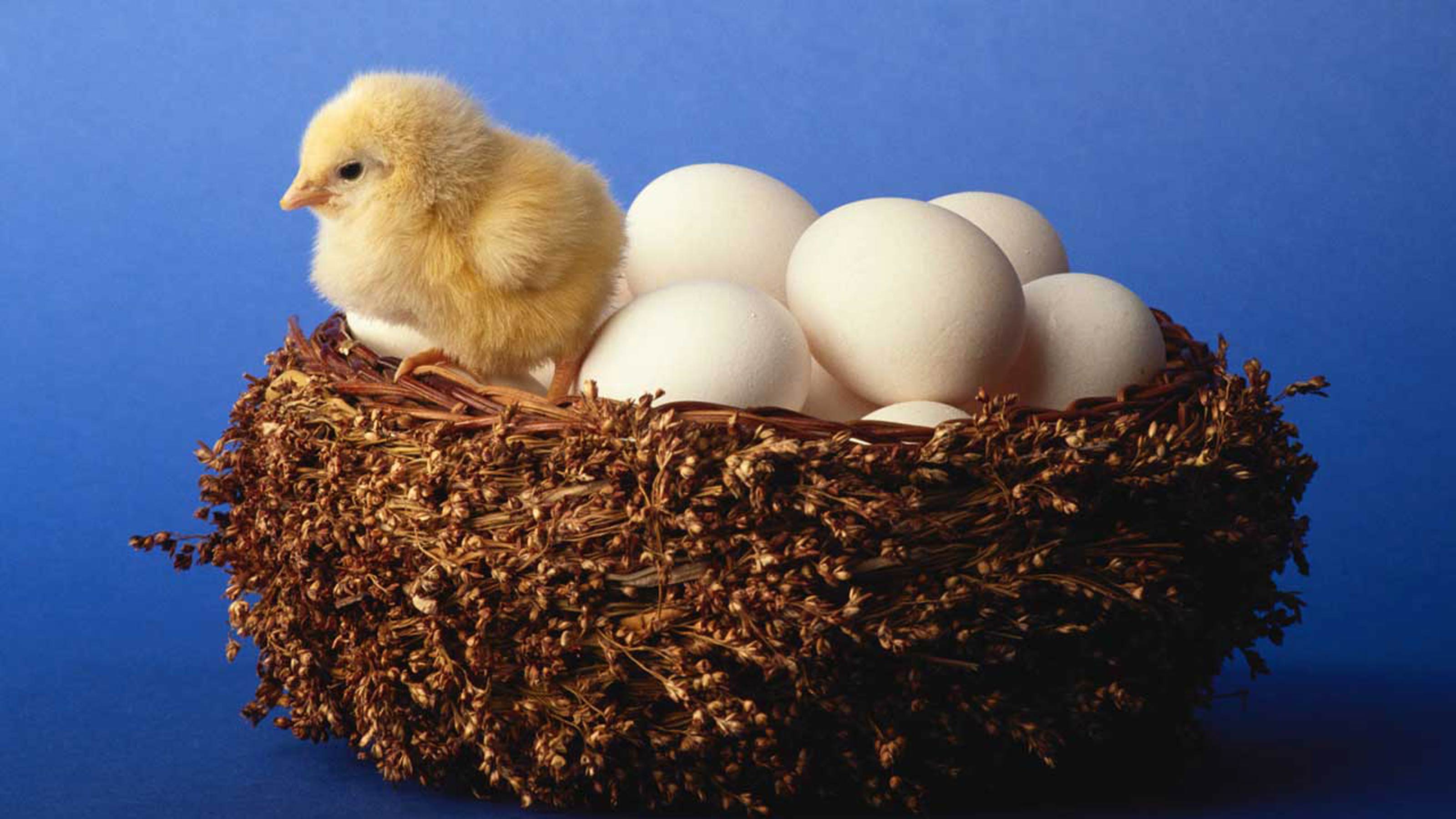Does Your 401(k) Come with a Self-Directed Brokerage Account Option?
How to utilize and capitalize on self-directed brokerage accounts within your 401(k) plan. More options may offer more possibilities.


Since the virtual disappearance of the defined benefit pension, many employers have offered employees 401(k) plans, which are defined contribution plans. Under 401(k)s, employees can contribute a certain portion of their wages on a pretax basis and invest those funds. In many cases, the employer will match these funds.
The plan provider has chosen a menu of investments for the participant to choose from, but the latest development in this plan is the arrival of the self-directed brokerage 401(k) account as an investment option (SDBA). This kind of account can offer exciting new opportunities to plan participants, but it also increases the risk to the investor, so it is crucial to understand the plan to enable the most success.
What are my investment choices now?
Since 1980 when 401(k)s first went into effect, 401(k)s have generally been offered to employees with a limited palette of investment options. Most employers try to offer a variety of investment choices that are diversified, because they have to follow the rules and regulations under the Employee Retirement Income Security Act (ERISA), but many plans come up short. The employee does not have input into these choices, so they can only make selections within the limited menu offered.
From just $107.88 $24.99 for Kiplinger Personal Finance
Become a smarter, better informed investor. Subscribe from just $107.88 $24.99, plus get up to 4 Special Issues

Sign up for Kiplinger’s Free Newsletters
Profit and prosper with the best of expert advice on investing, taxes, retirement, personal finance and more - straight to your e-mail.
Profit and prosper with the best of expert advice - straight to your e-mail.
Is it possible to follow a different path?
Increasingly, however, employers are making self-directed brokerage accounts available in their 401(k) plans in response to employee demand for more investment options. As many as 40% of 401(k) plans now offer this type of account. In fact, the balance in self-directed brokerage 401(k) accounts had continued to rise last year (a 6% increase since Q2 and a 9% increase year over year), despite the havoc in the COVID-19 markets.
A self-directed brokerage 401(k) account is held by the plan administrator, but the plan participant has, in effect, their own brokerage account in which all transactions are made at their direction. The investment choices are usually much more numerous than in the plan menu. Some employers give more freedom than others. For instance, some SDBAs only allow you access to a greater menu of mutual funds, while others allow you to invest in individual stocks, bonds, ETFs and a broader array of mutual funds.
So, essentially, the good news is wider investment options … but the bad news is higher risk.
What are the additional risks of an SDBA?
The main risk is also the main benefit: The employee has more freedom and more investments to choose from, and fewer restrictions to trading. This can lead to emotional investing, not following prudent portfolio management techniques and not monitoring the investments closely. Someone could, for instance, put all of their 401(k) into a single stock or small basket of highly volatile stocks. They can attempt to time the market by making frequent trades and get “whipsawed” trying to do so. There is nothing there to protect them from themselves.
How can you remain protected?
A self-directed brokerage 401(k) account also allows the plan participant to seek a professional adviser. No longer restricted to generic index funds or one or two mutual fund families, a plan participant can hire a professional to lead them to the investments and returns that they are seeking. A professional adviser will already have the expertise to understand the operation of the tax and investment limitation rules applicable to retirement accounts. Studies by Vanguard show that when investors work with a professional adviser, it can add 3% or more to your portfolio value. And, 3% compounded over time can make a huge difference in the value of an account.
The adviser can tailor a plan to the participant’s precise needs and goals and guide them on contribution levels and other matters related to the account. Finally, the adviser can look at the plan assets as part of the participant’s overall financial planning. In the end, that adviser can help make the most of plan assets and contribute to a richer, more secure retirement for the participant.
A self-directed brokerage 401(k) account can offer plan participants exciting new opportunities to invest for retirement. The important thing to remember is to be prepared and understand your plan to avoid mistakes that could harm your long-term financial future. A professional adviser can help you achieve that goal.
Profit and prosper with the best of Kiplinger's advice on investing, taxes, retirement, personal finance and much more. Delivered daily. Enter your email in the box and click Sign Me Up.

Renée Pastor is Founder & Wealth Manager at The Pastor Financial Group, a comprehensive financial planning and wealth management practice headquartered in New Orleans. The firm specializes in retirement planning and 401(k) management for families and individuals nationwide. To learn more, please visit thepastorgroup.com.
-
 Holiday Tax Scams: 'Tis the Season to be Wary
Holiday Tax Scams: 'Tis the Season to be WaryTax Scams Navigating tax tricks of the holiday season may be daunting, but don't let that destroy your festive spirit
-
 Metro by T-Mobile Is Giving Away This Samsung Galaxy A16: Which Plans Are Eligible?
Metro by T-Mobile Is Giving Away This Samsung Galaxy A16: Which Plans Are Eligible?Metro by T-Mobile is offering free Samsung Galaxy A16 phones on eligible plans right now. Here’s how the deal works.
-
 I Drive and Collect Classic Cars: Here’s How I Got Started
I Drive and Collect Classic Cars: Here’s How I Got StartedAre classic cars a hobby or an investment strategy — or both? Either way, the vintage car scene is much cooler and more affordable than you think.
-
 The $183,000 RMD Shock: Why Roth Conversions in Your 70s Can Be Risky
The $183,000 RMD Shock: Why Roth Conversions in Your 70s Can Be RiskyConverting retirement funds to a Roth is a smart strategy for many, but the older you are, the less time you have to recover the tax bite from the conversion.
-
 A Financial Pro Breaks Retirement Planning Into 5 Manageable Pieces
A Financial Pro Breaks Retirement Planning Into 5 Manageable PiecesThis retirement plan focuses on five key areas — income generation, tax management, asset withdrawals, planning for big expenses and health care, and legacy.
-
 4 Financial To-Dos to Finish 2025 Strong and Start 2026 on Solid Ground
4 Financial To-Dos to Finish 2025 Strong and Start 2026 on Solid GroundDon't overlook these important year-end check-ins. Missed opportunities and avoidable mistakes could end up costing you if you're not paying attention.
-
 Are You Putting Yourself Last? The Cost Could Be Your Retirement Security
Are You Putting Yourself Last? The Cost Could Be Your Retirement SecurityIf you're part of the sandwich generation, it's critical that you don't let the needs of your aging parents come at the expense of your future.
-
 I'm an Insurance Pro: It's Time to Prepare for Natural Disasters Like They Could Happen to You
I'm an Insurance Pro: It's Time to Prepare for Natural Disasters Like They Could Happen to YouYou can no longer have the mindset that "that won't happen here." Because it absolutely could. As we head into 2026, consider making a disaster plan.
-
 The Future of Philanthropy Is Female: How Women Will Lead a New Era in Charitable Giving
The Future of Philanthropy Is Female: How Women Will Lead a New Era in Charitable GivingWomen will soon be in charge of trillions in charitable capital, through divorce, inheritance and their own investments. Here's how to use your share for good.
-
 5 Smart Things to Do With Your Year-End Bonus, From a Financial Professional
5 Smart Things to Do With Your Year-End Bonus, From a Financial ProfessionalAfter you indulge your urge to splurge on a treat, consider doing adult things with the extra cash, like paying down debt, but also setting up a "fun fund."
-
 Are You a Gen X Investor? Here's How You Can Protect Your Portfolio From an AI Bubble
Are You a Gen X Investor? Here's How You Can Protect Your Portfolio From an AI BubbleAmid talk of an AI bubble, what's the best course of action for investors in their 50s and 60s, whose retirement savings are at risk from major market declines?